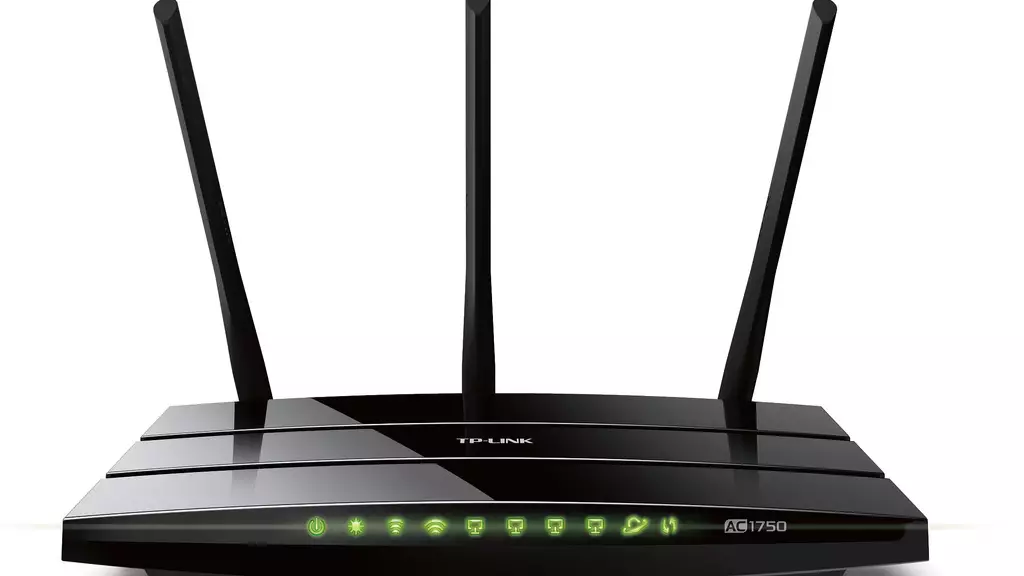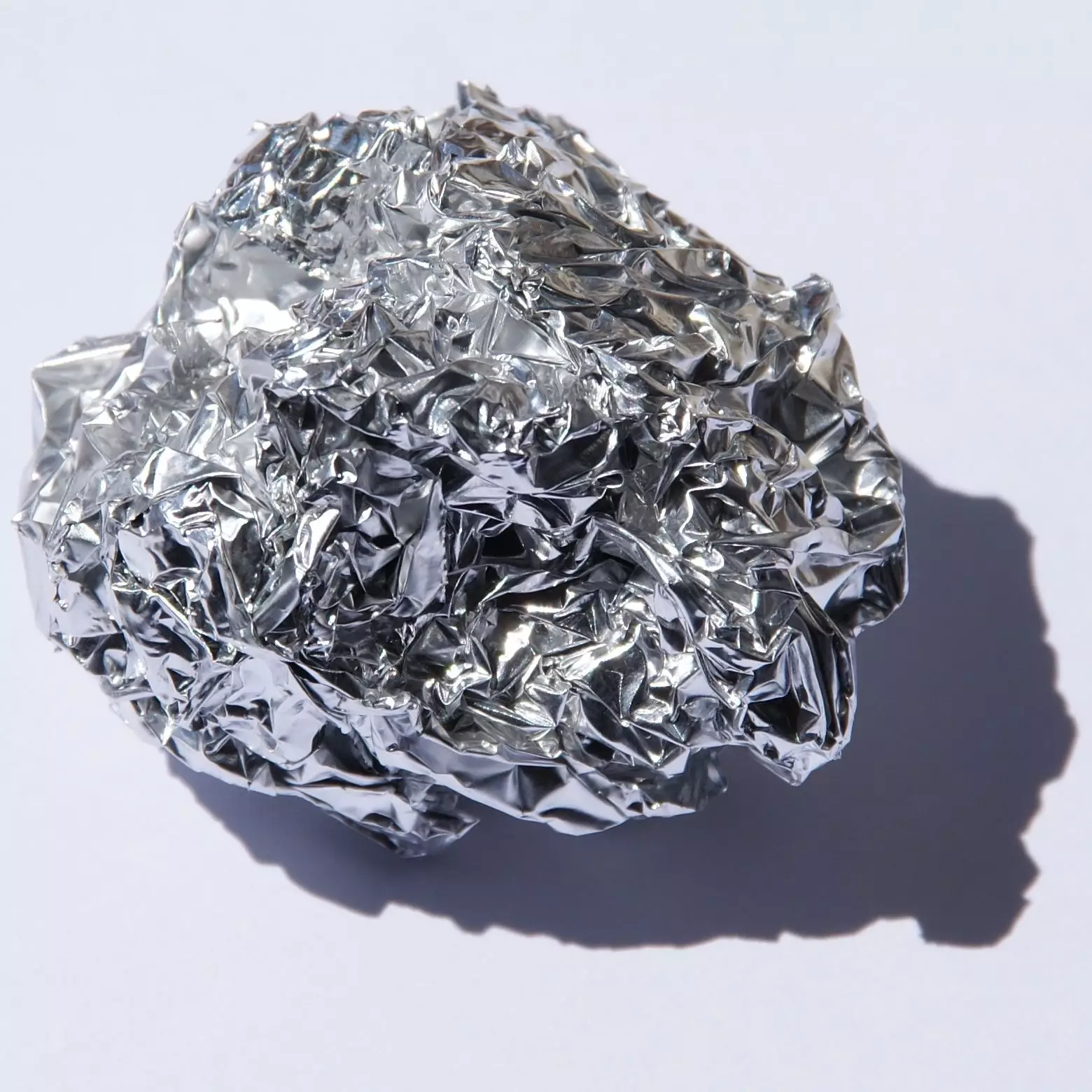
Here's one I made earlier...
That's what you might be hearing on Blue Peter soon, as a group of scientists have revealed a 'tin foil hat' for your router which boosts both signal and security.
Footy streaming (legally) slowly? No problem. Watching X-Men (legally) online with lag? Read on. Trying to find out where to get materials to make a lifesize paper mache version of Holly Willoughby? Go get help my friend.
Advert
As reported in the Daily Mail, a team of researchers in Dartmouth College and Columbia University in the USA say they have discovered a way to create a 'virtual wall' to improve Wi-Fi signals in indoor spaces with multiple rooms.
The hack requires a 3D-printed reflector wrapped in aluminium foil, or aluminum foil if you live in the USA and spell that word the wrong way.
However, while a 3D-printer reflector is ideal, as it is more accurate, the team also said it could be created using cardboard, with the bespoke router cover funnelling Wi-Fi to where it's most needed.

Americans call it aluminum (Photo Credit: Creative Commons)
Advert
The team revealed that in shaping the signal, interference is reduced and the impact of building materials (which harm signal) lessened. Moreover, it can increase system protection against cyberattacks by limited the signal to certain locations.
"Through this single solution, we address a number of challenges that plague wireless users," said Xia Zhou, an assistant professor of computer science at Dartmouth. "Not only do we strengthen wireless signals, we make those same signals more secure."
Earlier research discovered that placing a coke can behind a Wi-Fi access point can strength signal in one direction. The new findings are based on this research.
Advert
The team designed an algorithm to optimise the home-made reflector's shape and target specifc coverage areas; simulating the spread of signals along with how they interact with objects in the environment.
While aluminium was ideal, one of the researchers explained how cardboard, which can be found in most cardboard boxes, would also work.
"Cardboard would act as a reasonable substitute for the 3D printed substrate," said Justin Chan on YouTube.
It's hoped the techniques will solve a number of Wi-Fi problems and researchers are continuing to work to see if if reflectors could be made from different, more adaptable materials.
Featured Image Credit: Creative Commons